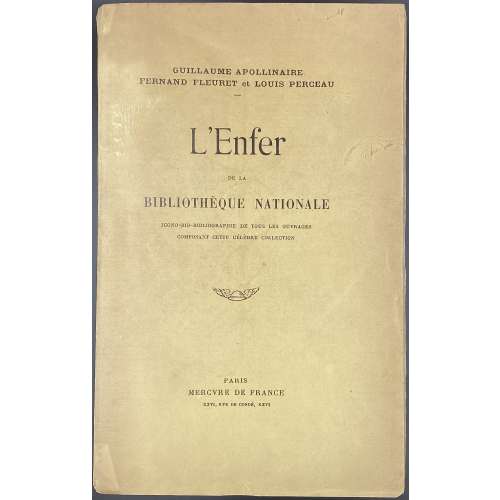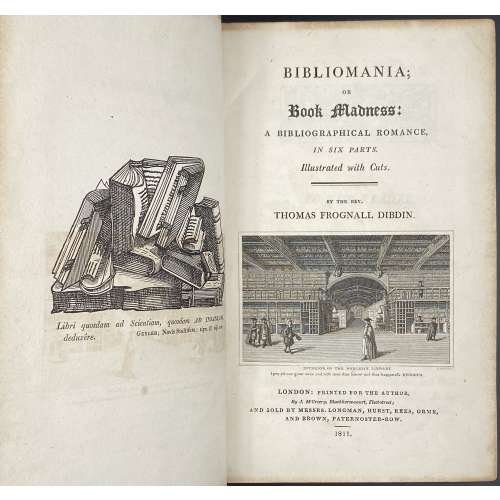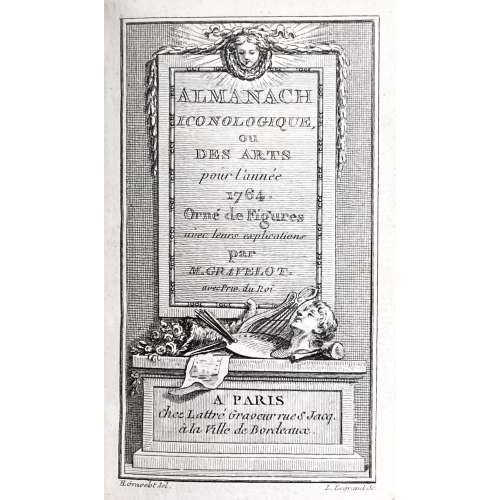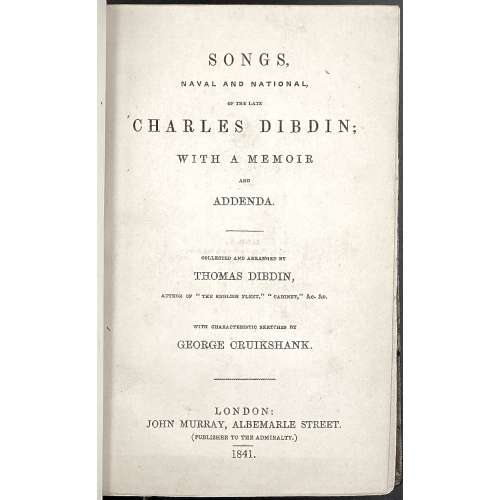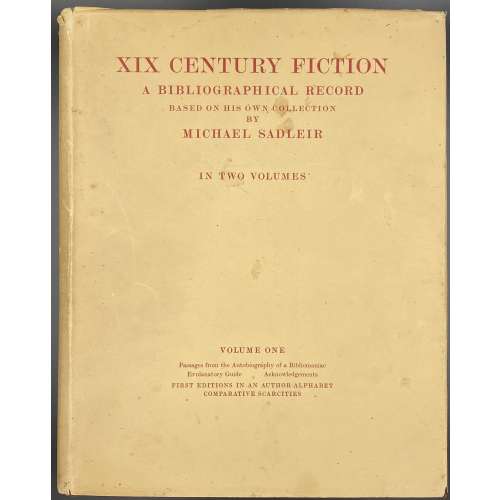Vol. 1: A | BIBLIOGRAPHICAL | Antiquarian and Picturesque | TOUR | IN THE | NORTHERN COUNTIES OF ENGLAND | AND IN | SCOTLAND. | BY THE REVEREND | THOMAS FROGNALL DIBDIN, D.D. | CHAPLAIN IN ORDINARY TO HER MAJESTY. | VOL. I. |{device} motto: DEI OMNIA PLENA | LONDON: | PRINTED FOR THE AUTHOR BY C. RICHARDS, ST. MARTIN’S LANE : | AND SOLD BY JAMES BOHN, 12 KING WILLIAM STREET, STRAND, LONDON : | LAING AND FORBES, EDINBURGH : JOHN SMITH AND SON, | GLASGOW : AND E. CHARNLEY, NEWCASTLE. | MDCCCXXXVIII.||
Pagination: ffl, frontispiece by W. Douglas after T. M. Richardson, [i-ii] t.p. / blank; [iii-iv] - dedication to
Frances Mary Richardson Currer (British, 1785 – 1861) / blank, [v] vi-xv – preface, [i] ii-xxx – supplement & index, [2] – corrections / colophon, [2] list of plates, [2] – contents, [1] 2-436, bfl; 11 plates extraneous to collation (incl. frontis.), lacking one plate (facing p. 213. “Thos. Bridges…”), in-text woodcut vignettes, head- and tailpieces.
Collation: 8vo; π
8 a-b
8 [c
2] B-Z
8 2A-2E
8 2F
2.
Vol. 2: Similar title but "VOL. II."
Pagination: ffl, frontispiece portrait of Hugh Stewart, Aged 84 by Robert Bell after Alison (nothing known); [2] – t.p. / blank, [2] – contents / cont., [437-8] f.t. / blank [439] 440-1090, bfl; 453/4 misprinted 449/50; lacking list of subscribers.
Collation: 8vo; π
2 [2F
3-2F
6] 2G-2Z
8 3A-3Z
8.
Binding: By J. Leighton, Brewer Street. Later half dark brown morocco over marbled boards, raised bands with gilt fillets, gilt titling and fillets in compartments, all edges gilt, marbled endpapers.
Edition: 1st edition of Dibdin’s last major work and the only edition of this title.
Size: 24.5 x 15.5 cm
Provenance:
Lord Ronald Gower (British, 1845 – 1916);
Frank Hird (British, 1873 – 1937).
Catalogue raisonné: Jackson 89; Windle & Pippin A65, pp. 179–188 [
LIB-2669.2021].
Artists:
Abraham, [I.] Frederic Henry (British, 1790 – 1845)
Carmichael, James John Wilson (British, 1800 – 1868)
Geikie, Walter (British, 1795 – 1837)
Harraden, Richard Bankes (British, 1778 – 1862)
Hill, David Octavius (British, 1802 –1870)
McLea, John Watson (British, fl.1832-1861)
Nixon, James Henry (British, b. c. 1808)
Reynolds, Sir Joshua (British, 1723 – 1792)
Richardson, Thomas Miles (British, 1784 – 1848)
Scott, J. (British, fl. 19th c.)
Wilkinson, T. M. (British, fl. 19th c.)
Engravers:
Aikman, Alison [spouse of George Aikman?] (British, 1788 – 1865)
Bell, Robert Charles (British, 1806 – 1872)
Byfield, Mary (British, 1794/5 – 1871)
Douglas, William (British, 1780 – 1832)
Harraden, F. (British, fl. 1838)
Horsburgh, John (British, 1791 –1869)
Johnstone, John (British, fl. 1835 – )
Leith & Smith, Lithog
rs (Edinburgh)
Lizars, William Home (British, 1788 – 1859)
Miller, William (British, 1796 – 1882)
Penny, William (British, fl. 19th c.)
Prior, Thomas Abiel (British, 1809 – 1886)
Robinson, H. (British, fl. 19th c.)
Smith, Charles John (British, 1803 – 1838)
Thomson, James (British, 1788 – 1850)


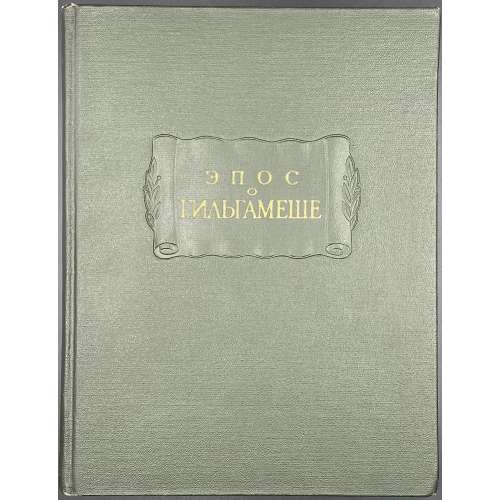

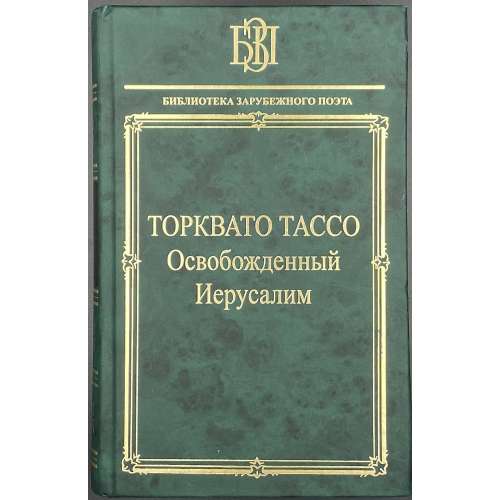
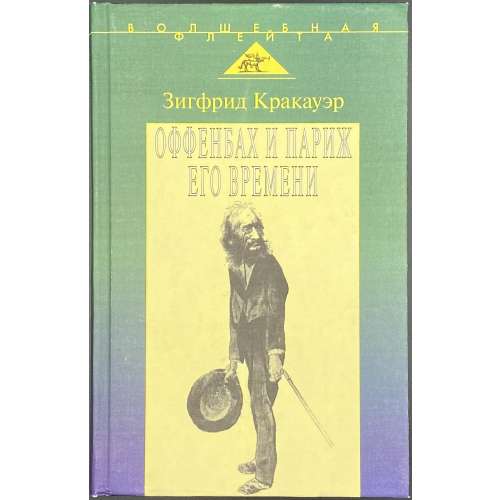
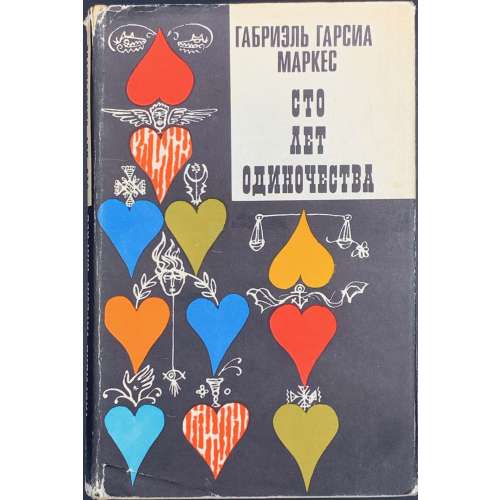
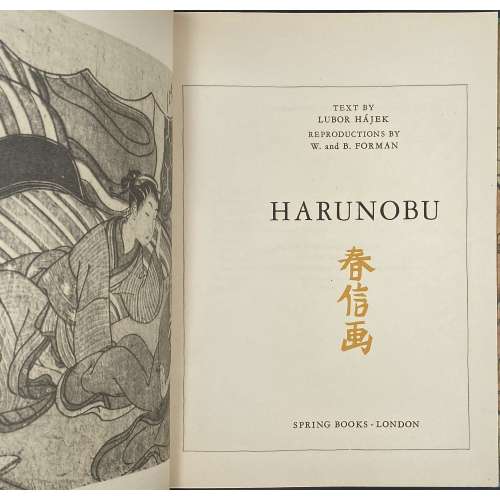
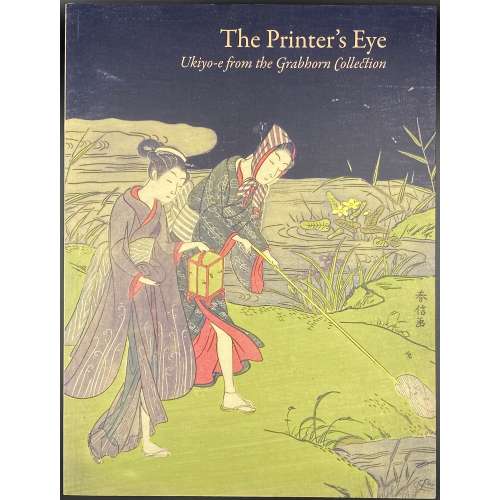
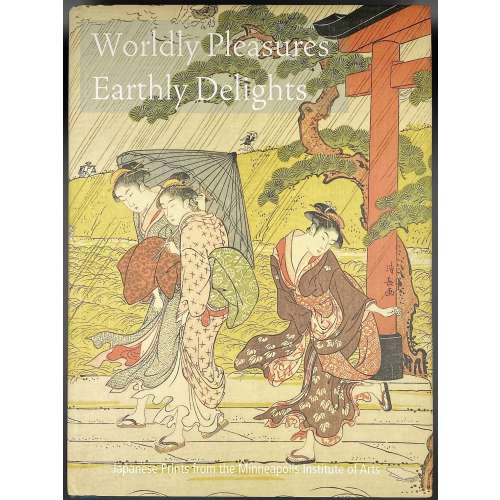

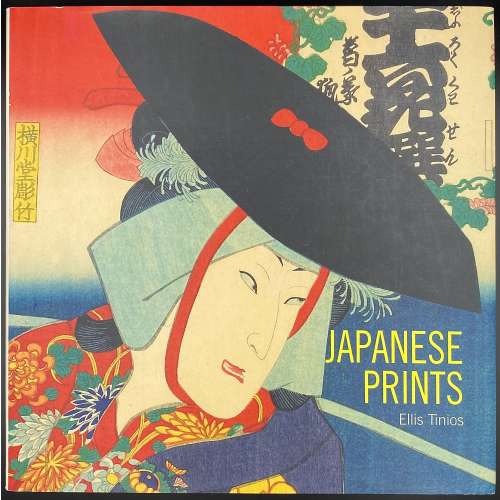
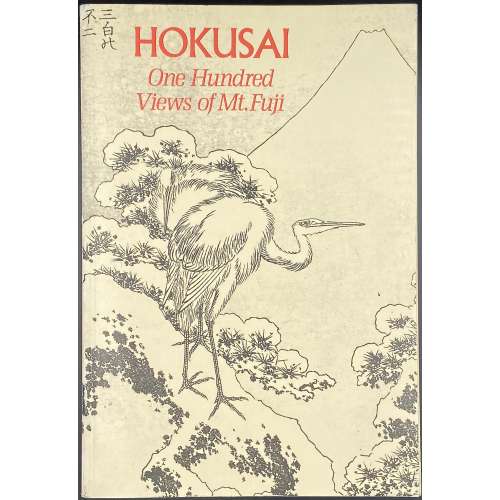
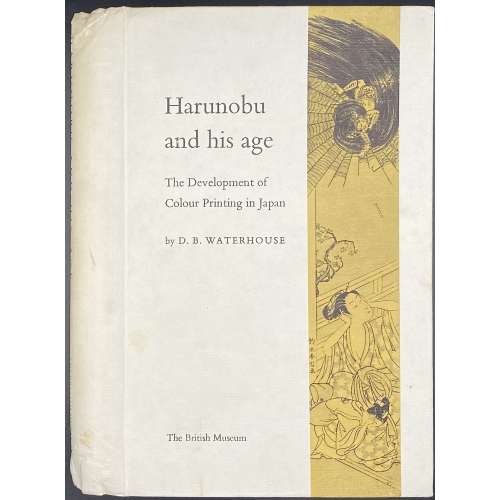
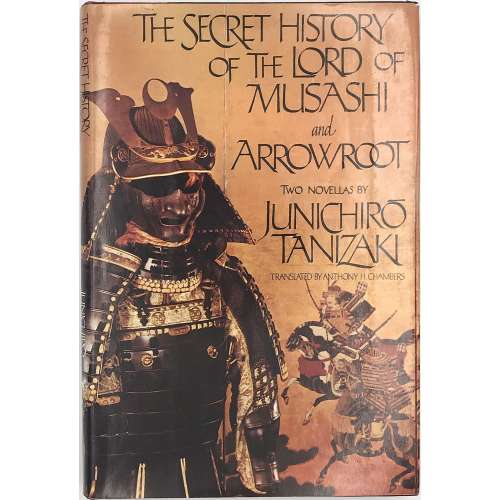
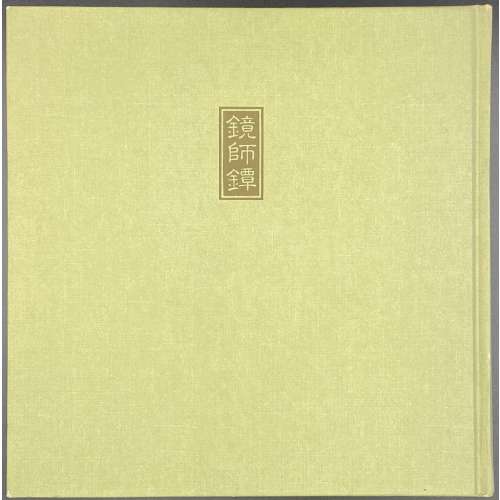
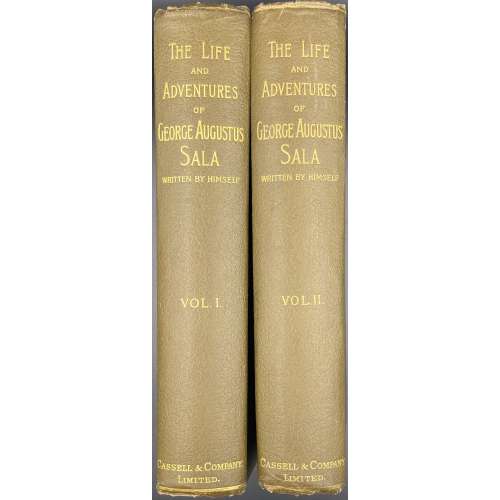
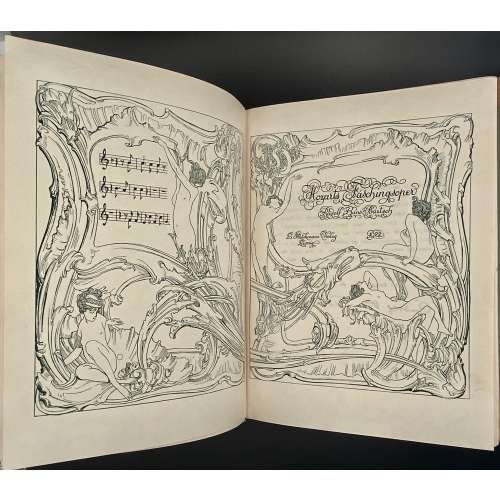

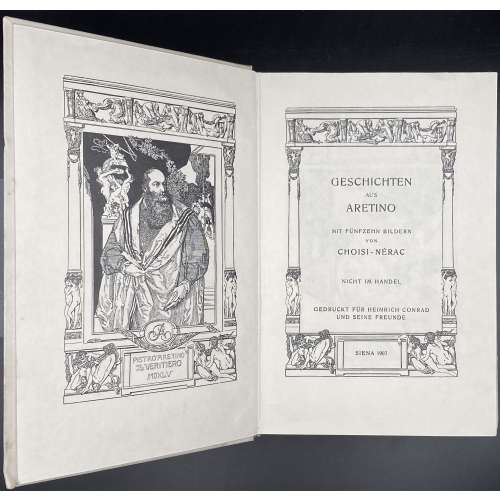
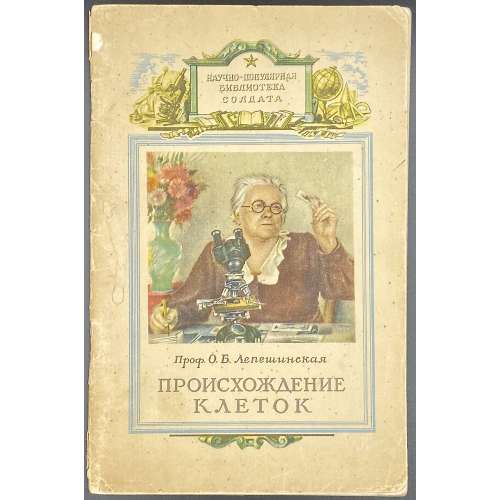
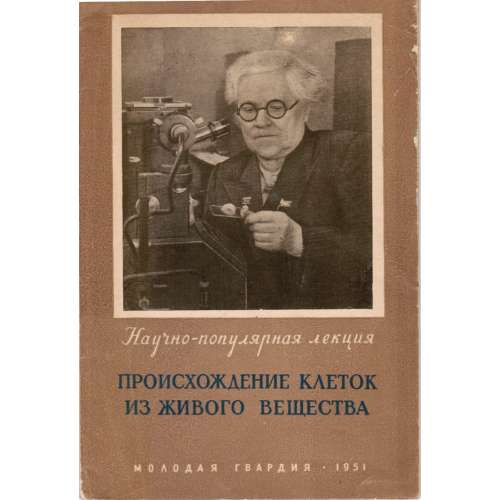
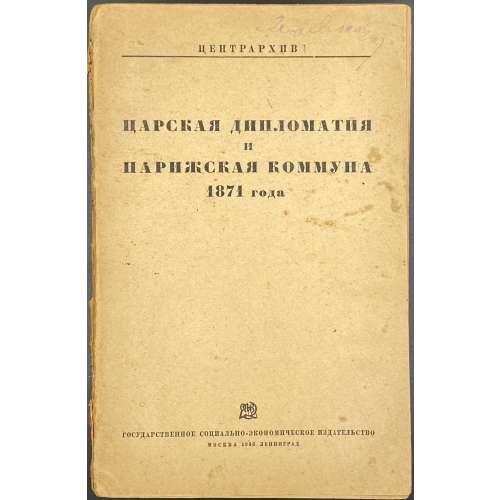
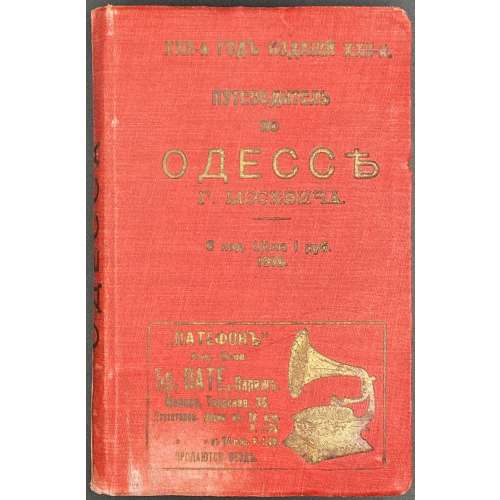
![Henri Rollin. L'apocalypse de notre temps / Les dessous de la propagande allemande d'après des documents inédits. — NRF [Nouvelle Revue Française], — Paris: Gallimard, 1939. — Series: Problémes et documents. pp.: [1-9] 10-567 [9].](https://varshavskycollection.com/wp-content/uploads/2021/02/LIB-0371.2015-a-500x500.jpeg)
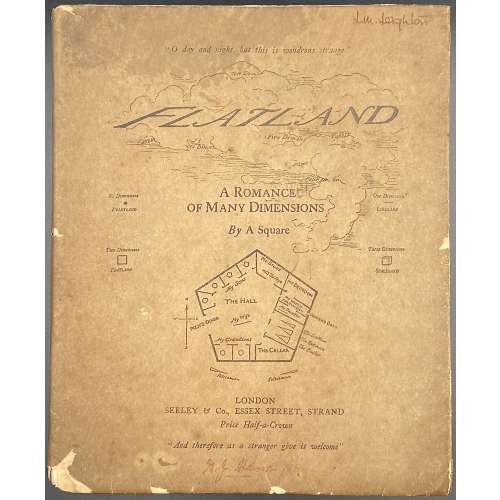
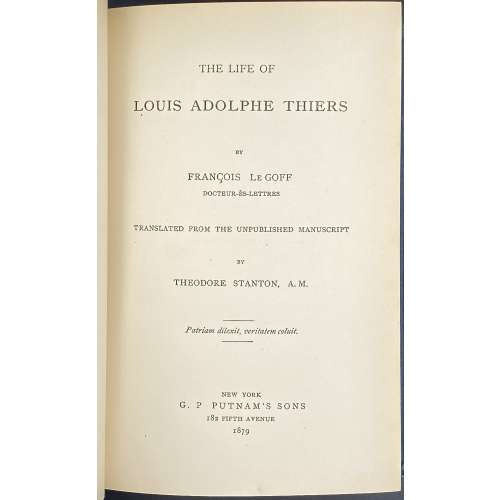
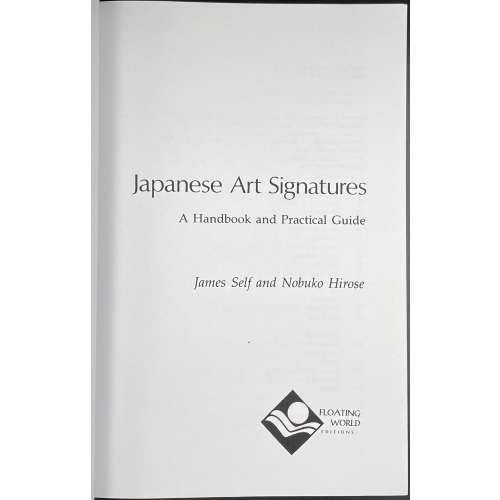
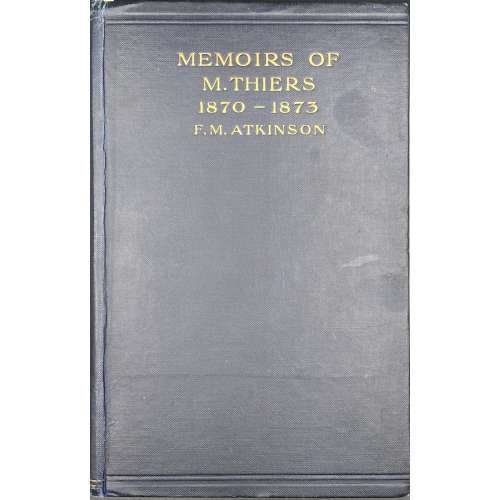
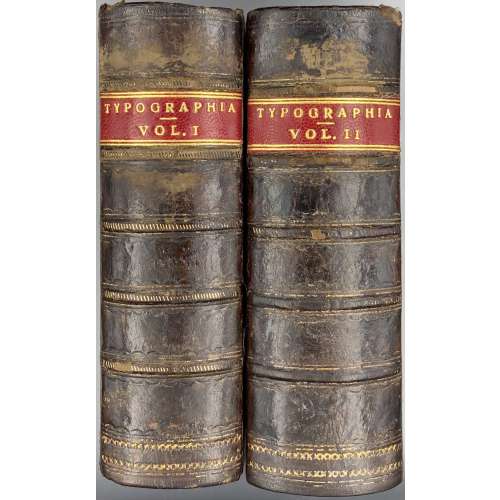
![Maurice Joly. Les affamés. Études de mœurs contemporaines. — Paris, E. Dentu, 1876. — pp.: [1 half-title, verso colophone] [1 title, verso blank] [i] ii-xvi, 1-340.](https://varshavskycollection.com/wp-content/uploads/2021/02/LIB-1038.2016-a-500x500.jpeg)
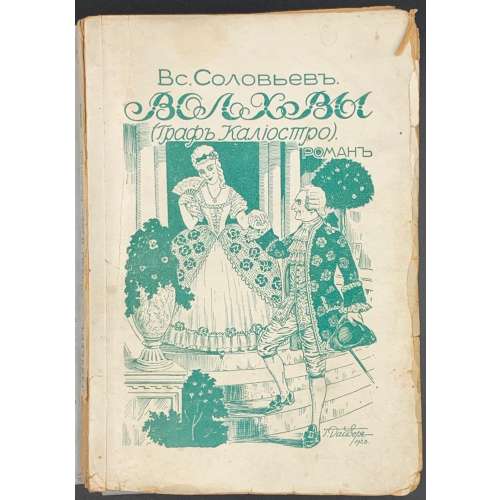
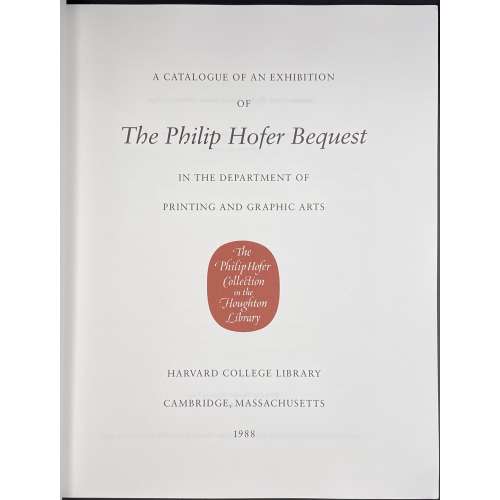
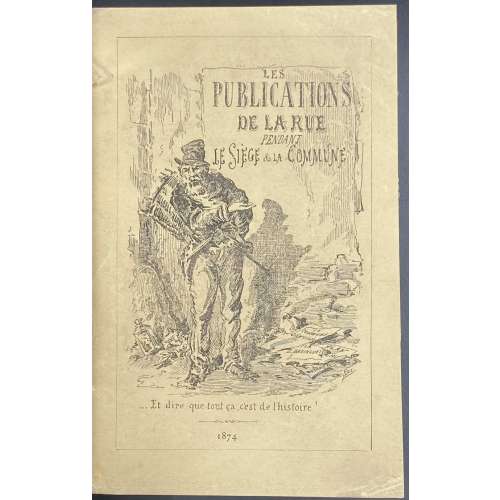
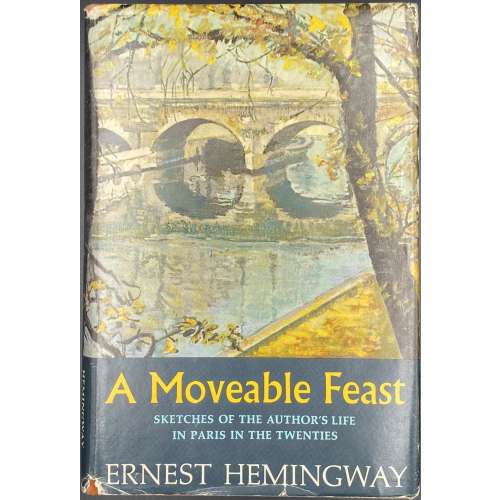
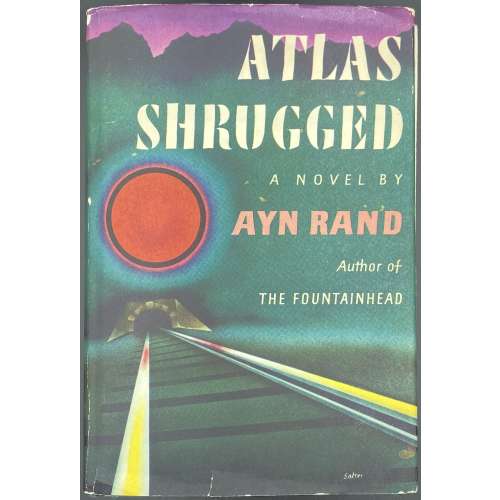
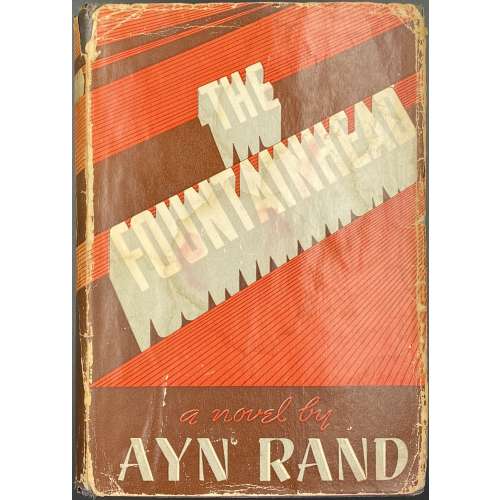
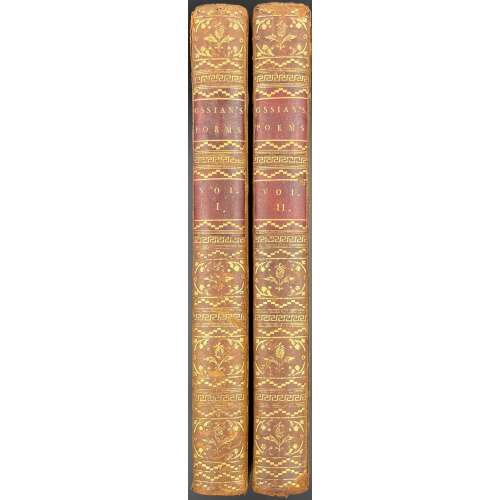
![[James Macpherson]. The Poems of Ossian / Translated by James Macpherson, Esq; In Two Volumes. A New Edition; Two volume set. — London: Printed for W. Strahan and T. Cadell, MDCCLXXXIV [1784]. — Vol.1: [i-v] vi-xiii, [2] 3-404 pp; vol.2: [6], [2] 3-435 pp.](https://varshavskycollection.com/wp-content/uploads/2021/02/LIB-2397.2020-500x500.jpeg)
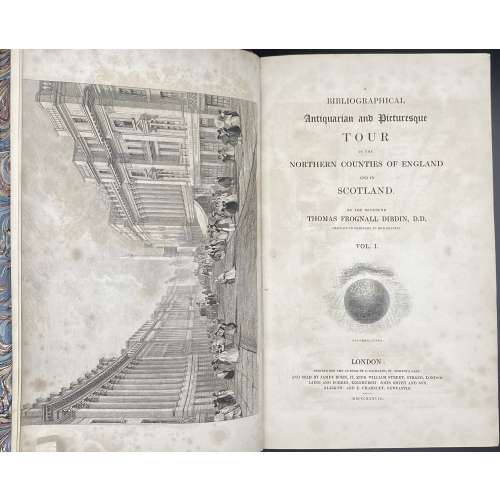
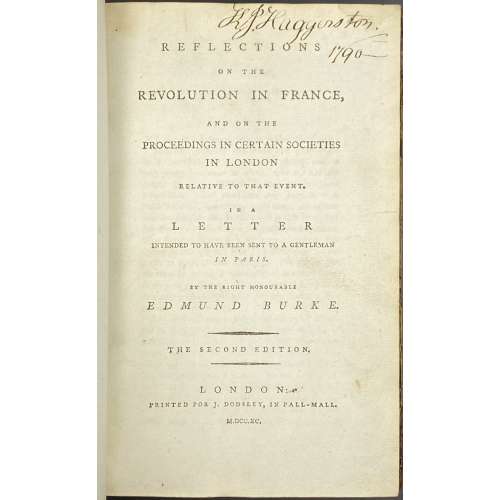
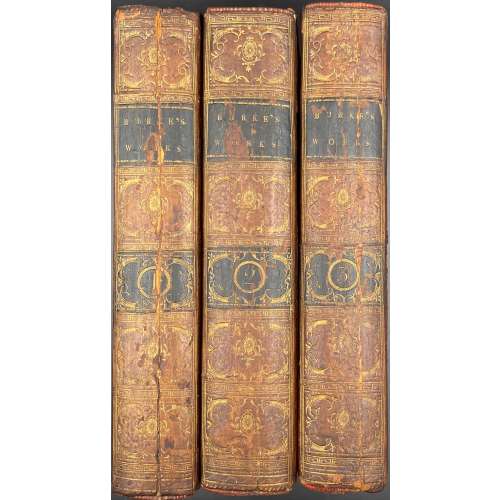
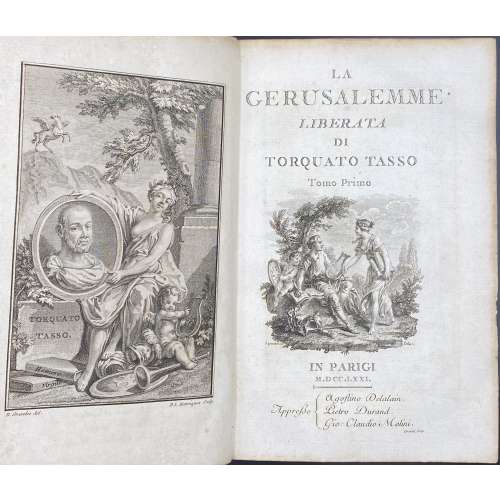
![E. de Crauzat. L'Œuvre gravé et lithographié de Steinlen: Catalogue descriptif et analytique suivi d'un essai de bibliographie et d'Iconographie de son œuvre illustré / Préface de Roger Marx. — San Francisco: Alan Wofsy Fine Arts, 1983. — Fac similé de l'édition originale de 1913. — pp.: [i-ix] x-xv [1-3] 4-228 [229-234]. — [Ernest de Crauzat].](https://varshavskycollection.com/wp-content/uploads/2021/02/LIB-2289.2019-d-500x500.jpeg)
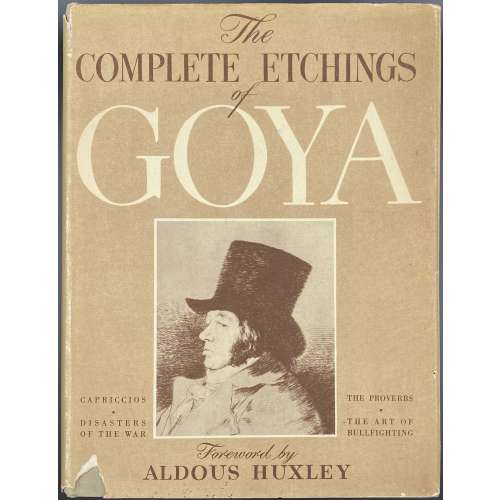
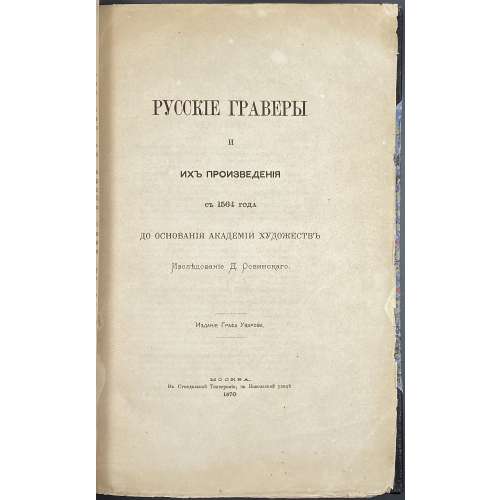
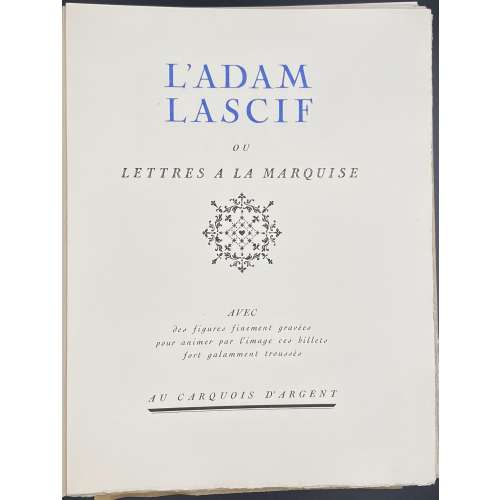
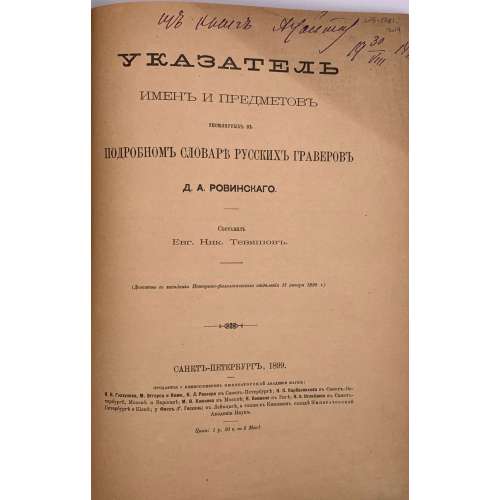
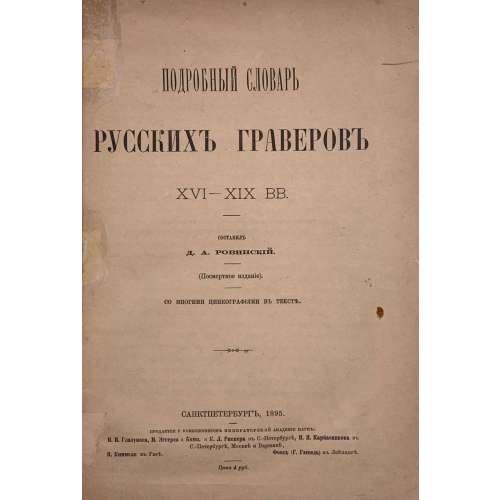
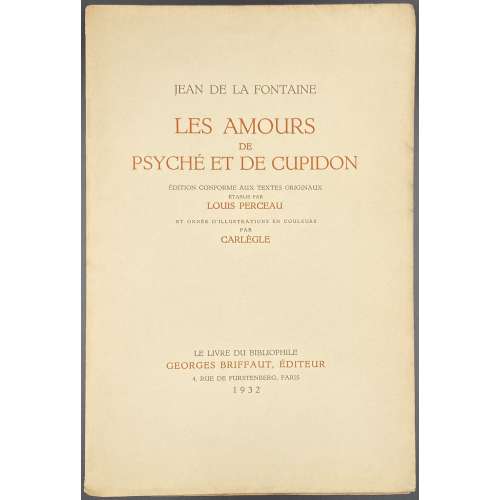
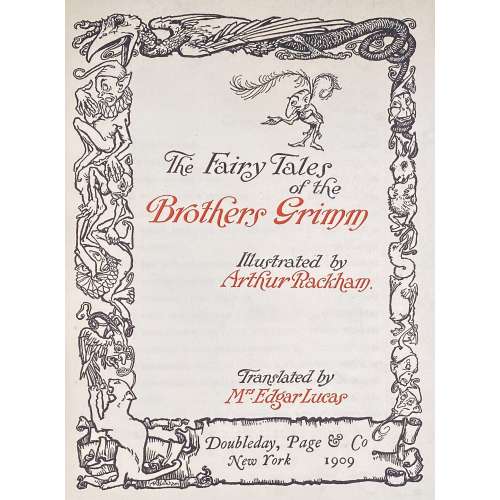
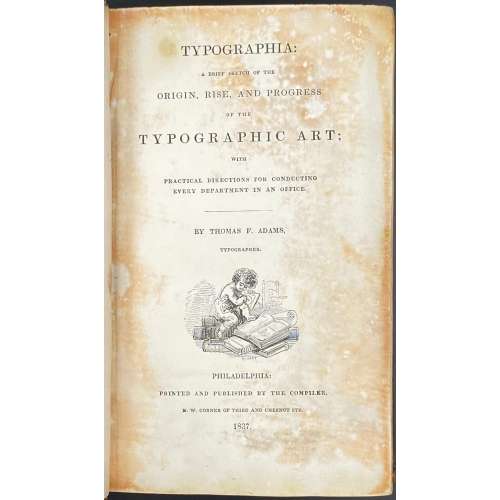
![Адарюковъ В.Я. Добавленiя и исправленiя къ подробномусловарю русскихъ гравированныхъ портретовъ Д.А.Ровинскаго, СПб. 1889. — Издание журнала "Старые годы", 1911. — 89 стр. [Владимир Яковлевич Адарюков (1863 -1932). Добавления и исправления к подробному словарю русских гравированных портретов Д.А.Ровинскаго].](https://varshavskycollection.com/wp-content/uploads/2021/02/LIB-1612-a-scaled-500x500.jpg)
